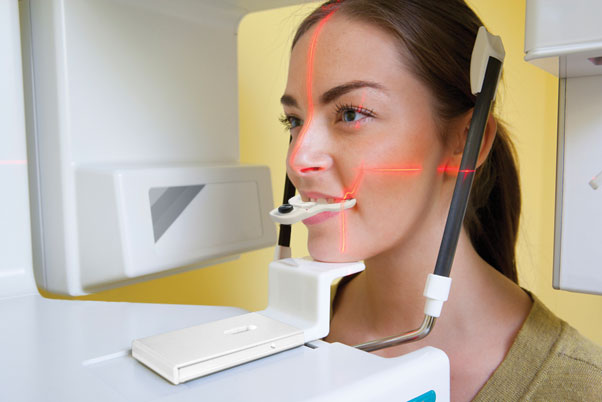The inclusion of the CBCT scan as part of  the standard of care for dental implant planning and placement has been of great benefit to the surgeon, the restorative dentist and of course to our patients. A logical next step would seem to be dynamic surgical navigation utilizing that CBCT scan as a map. Dynamic navigation combines the advantages of performing highly accurate and minimally invasive surgery with the flexibility to make changes to the digital plan at any time during that surgery. Independent of any implant specific surgical kit, dynamic navigation offers the promise of a simple workflow, easily adapted to the freehand surgical techniques we currently employ.
the standard of care for dental implant planning and placement has been of great benefit to the surgeon, the restorative dentist and of course to our patients. A logical next step would seem to be dynamic surgical navigation utilizing that CBCT scan as a map. Dynamic navigation combines the advantages of performing highly accurate and minimally invasive surgery with the flexibility to make changes to the digital plan at any time during that surgery. Independent of any implant specific surgical kit, dynamic navigation offers the promise of a simple workflow, easily adapted to the freehand surgical techniques we currently employ.
While using cameras to track surgical instruments on digital images has long been accepted practice in neurosurgery and spinal surgery, its use in dental implant surgery has until recently been met with limited success. Early technology comes at a high price and the high cost of the first navigation systems for dental implantology was a major barrier to acceptance by the profession. The complex work flow, lack of consistent accuracy and fragile nature of associated components were also factors in the failure of the previous generation of systems. As with all emerging technology, time, research and innovation combine to decrease cost and increase reliability and functionality. ACTA (Academisch Centrum Tandheelkunde Amsterdam) is proud to announce that from January 2015, the faculty of Oral Implantology is cooperating with ClaroNav, a Canadian surgical navigation company, utilizing its Navident system for research in the field of dynamic navigation for dental implantation. The research will leverage ACTA’s expertise in the area of 3-D diagnostics and implant dentistry with Navident’s easy to perform, minimal invasive treatments.
